|
A knowledge of the different
parts of each splay is essential to fully describe and understand the
variations in ornithological dejecta.
The diagrams below show all
the main areas of a splay as well as the main types of splay that the
collector can expect to find.
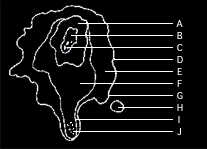 |
A. Sub–nucleus
B. Nucleus
C. Solids
D. Envelope
E. Outer Envelope
F. Inner Envelope
G. Lobe
H. Detached lobe
I. Extended lobe
J. Sub–nuclear particles
|
|
Schplerter
Large.
Multiple extended and detached lobes.
Usually taken at high speeds or results from extended drop height.
Often has disintegrated nucleus.
|
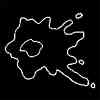 |
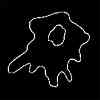 |
Schplutz
Varies in size with large
extended lobes.
The lower ones may contain sub–nuclear particles and the occasional
solid.
|
|
Sklop
Small.
Clearly defined envelope and nucleus of roughly equal proportions.
No tendency to lobe.
Usually taken at low speeds or results from short drop height.
|
 |
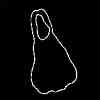 |
Splerd
Large.
Envelope covers greater area than the nucleus which may be almost
non–existent.
Little distinction between inner and outer envelopes.
|
|
Splood
Varies in size.
Typified by a single extended lobe which may contain sub–nuclear
particles and occasionally solids.
|
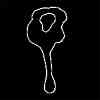 |
|
Exhibitions
Why Cats Paint
Dancing With Cats
Bird Art
Bird
Art
Bird
Art Homepage
On-line
exhibitions
Anatomy of a Splay
The Splay as Art
Splay Collecting
MONPA
MONPA Homepage
About MONPA
Contact MONPA
Upcoming Exhibitions
Sponsored Expeditions
Museum Shop
Scholarships and Research
Survey
Mission Statement
Acknowledgments
|